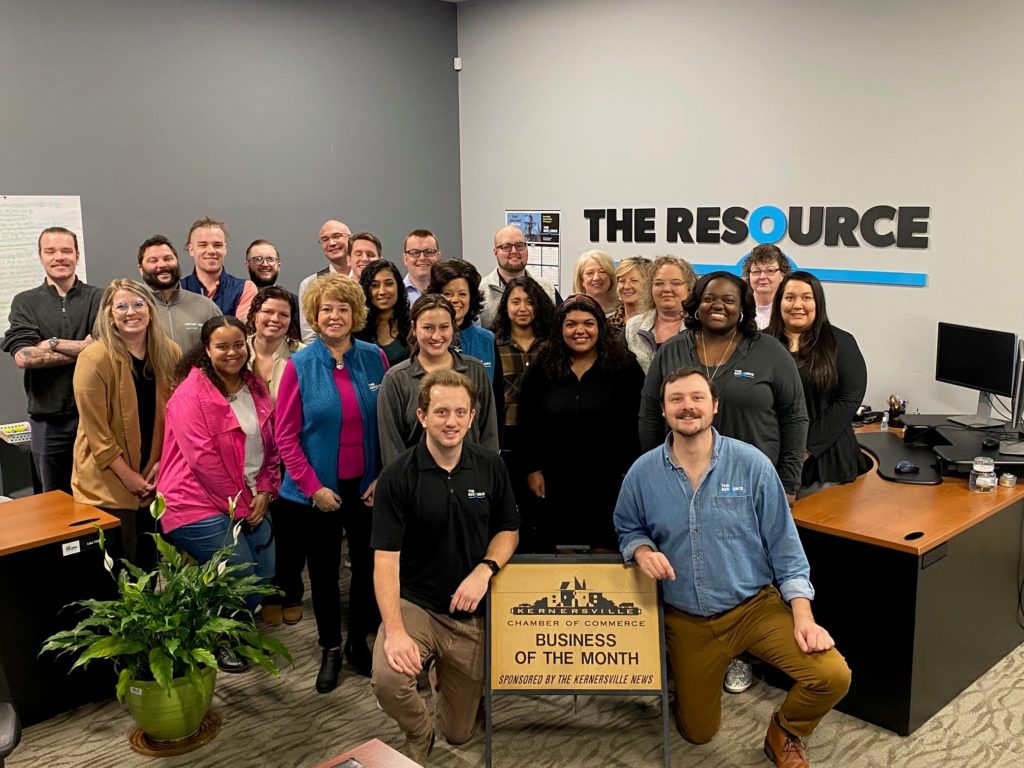When recruiters have an open role to fill, they can’t sacrifice quality for speed. This leaves them with a challenge: to find strong candidates—and find them fast. To meet this goal, recruiters (as well as managers and sometimes store or restaurant managers who also hire) must source, screen, and interview applicants. Then they need to choose the winning candidate, offer the job, and (if the candidate accepts the gig) onboard the new employee. With so much to accomplish, recruiters need tools that not only help them bring the best talent on board but are also mobile and easy to use so that hiring managers will be quick to adopt them. Today, technology-based solutions for hiring abound, leaving organizations to sort through the many options to find the ones that best suit their needs and their budgets. One of the most common solutions is the human capital management (HCM) system, often lauded as “the tool that does it all.” HCM solutions promise to manage compensation, benefits, and case management, as well as recruitment, hiring, and retention. They certainly do a lot, but that doesn’t mean they do all of it well. An HCM solution makes handling payroll and benefits a breeze but hamstrings recruitment. Recruitment is too important, too complicated, and too fast-paced to be shoehorned into an HCM system, and employers who depend on their HCM solutions for this function are putting excessive trust in a tool that isn’t dedicated to talent acquisition. As a result, they lose candidates, frustrate recruiters, and end up having to buy add-ons to address those shortcomings. Organizations that are frustrated or alarmed by these issues should consider implementing an applicant tracking system (ATS), a unified software program dedicated to a company’s recruitment needs. An ATS allows an organization to collect and store candidate and job-related data. It enables recruiters to track and monitor the progress of candidates through all stages of the hiring process. An applicant tracking system does more than just replace outdated methods of attracting and managing job applications. When paired with a robust all-in-one hiring platform, it enhances the entire process from end to end —from the candidate applying for the job to the recruiter searching for the future employee. Employers can depend on an ATS to: It’s vital that recruiters have the tools they need. When talent acquisition professionals use tools that are made for recruitment—and for that purpose alone—they’re able to hire and retain a transformative workforce. What’s more, such tools keep up with industry trends and technology innovations. Ultimately, an HCM solution hurts the candidate experience and frustrates recruiters and managers. In contrast, an ATS enhances the candidate experience and helps recruiters work smarter. These improvements translate to many tangible results, but none so obvious or impactful as improved talent acquisition. The goal of recruitment is to transform the best candidates into employees, and any issues that arise during that process become obstacles to achieving that goal. Such issues can include small frustrations (such as endless e-mailing) as well as major blunders (such as bad communication). Employers may be tempted to adopt an HCM solution when they hear that it “does it all.” But HCM systems trade breadth for excellence, and the candidate experience suffers. As a result, HCM systems lose promising candidates. When employers count on those solutions to support recruitment, they put candidate relationships at risk. HCM systems have several issues: An ATS, on the other hand, prioritizes the candidate experience. Built for job seekers, an ATS has many candidate-friendly features: Today’s job seeker expects companies to offer a swift and satisfying hiring process. Using an ATS, companies ensure that every applicant receives a timely response to their application and encounters a seamless experience with their potential employer. The success of a company’s talent acquisition program depends on its recruiters. With the wrong tools, recruiters are mired in resume scanning, candidate screening, and scheduling. When they’re empowered by good tools, recruiters can get strategic about talent acquisition and spend their time building talent pipelines, designing recruitment marketing plans, and perfecting the company’s approach to onboarding. HCM systems frustrate recruiters. These platforms offer an all-in-one approach to support HR—not talent acquisition. And although HSM solutions promise simplicity, they leave recruiters without the tools and information they need. For example, HCM systems rarely include customer relationship management (CRM) tools, career sites, and text recruiting. They may also fail to connect solutions across the platform and lack innovations to attract and engage talent. Recruiters usually miss what HCM systems lack, and when they need to find solutions to bridge the gap between what they have and what they need, their organizations usually have only two choices: devote more spend to add-ons or give up on their recruitment goals. An ATS offers a much better option. As part of an all-in-one talent platform built specifically for recruitment (and not for HR processes), it equips talent acquisition specialists with the tools they need to find good candidates fast. In a head-to-head comparison, an ATS is the clear winner over an HCM system as a tool for recruitment. A company that chooses an ATS that has the recruitment features it needs and can scale its investment in a platform built specifically for candidates and recruiters. Candidates enjoy a simple, fast application process, and recruiters increase their efficiency to fill positions faster.What’s the difference?
A swift and satisfying candidate experience
A more efficient recruiter experience
Experience better talent acquisition










